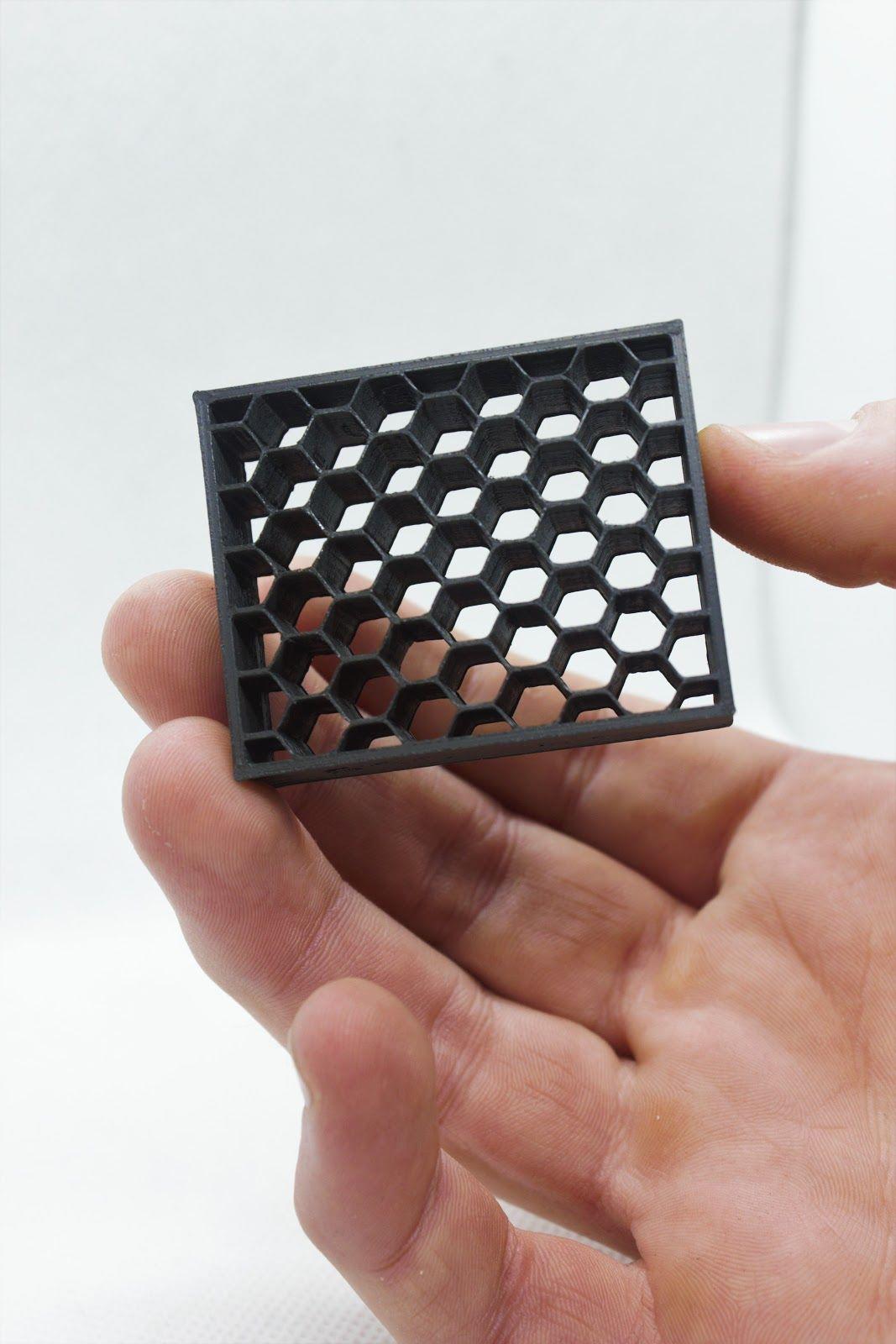Swedish 3D printing material developers Additive Composite Uppsala and Add North 3D have collaborated to develop a polymer composite material for radiation shielding applications.
The material, named Addbor N25, is a combination of boron carbide and nylon, and has been developed and produced as filament optimized for 3D printing. The radiation shielding capabilities are provided by the boron carbide element, which provides effective absorption against neutrons. Additive Composite explains that the material can therefore be useful in research facilities, in the nuclear industry or other places that use radiation sources. Addbor N25 is available for purchase from the Additive Composite website from 9,500 SEK (988 USD)/750g.
Adam Engberg, CEO of Additive Composite, commented that “Additive manufacturing is changing how many products are being designed and produced. We believe that Addbor N25 contributes to this development and helps both industry and large research facilities to replace toxic materials that could eventually contaminate the environment.”
“Our new product is the first in a range of radiation shielding materials that we are currently developing.”

Filament manufacturing in Sweden
Established in 2018, Additive Composite aims to create new solutions for research and commercial applications leveraging additive manufacturing. Based in Uppsala, a city near the Swedish capital of Stockholm, the company’s main focus surrounds the development and commercialization of composites for additive manufacturing.
With its developed materials, the company also provides an additive manufacturing service for users to produce single custom components as well as small-to-medium sized batches. Additive Composite’s composite material selection choice includes gadolinium oxide (Gd2O3) composites, tungsten composites and more.
Add North 3D, on the other hand, is a filament manufacturer primarily concerned with producing sustainable plastics like PLA which is made from renewable resources like corn starch. Some of the company’s bioplastic research is funded by Swedish governmental innovation agencies Vinnova and Almi.
As well as developing novel materials with Additive Composite, Add North 3D also has an established partnership with fellow Swedish graphene nanocomposite materials developer Graphmatech. The two companies formed a partnership in 2018 to develop a new range of graphene-based materials for use with FFF/FDM technology. This lead to the development of Koltron G1, their first jointly developed product, made using Graphmatech’s Aros Graphene material. The filament is a highly electrically and thermally conductive polymer for additive manufacturing. It is also flame-retardant and resistant to a range of chemicals, UV light, and high continuous working temperatures.

The Addbor N25 filament
The development of the Addbor N25 filament is based on original research conducted at Uppsala University. The material, combined with the design freedom of 3D printing, has been designed to provide effective shielding against stray radiation, as manufacturers are able to create complex shapes for any situation.
Additive Composite explains that the new filament represents a suitable alternative to cadmium metal, a toxic metal commonly used in industrial workplaces. The company suggests that the Addbor N25 filament, with the added benefit of geometrical flexibility, can potentially replace the use of cadmium for radiation shielding applications. Boron Carbide makes up 25 percent of the filament’s total weight. Addbor N25’s nozzle temperature ranges between 250-270 degrees, it has a tensile strength of 50-58 MPa, and flexural strength of 52-81 MPa.
Subscribe to the 3D Printing Industry newsletter for the latest news in additive manufacturing. You can also stay connected by following us on Twitter and liking us on Facebook.
Looking for a career in additive manufacturing? Visit 3D Printing Jobs for a selection of roles in the industry.
Featured image shows part 3D printed using Addbor N25 filament. Photo via Additive Composite.


